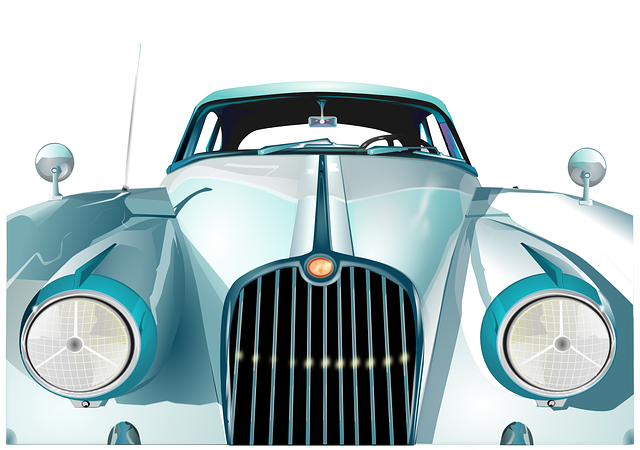Material durability assessment is key for gauging the long-term performance of automotive components, with brands like K&N and aFe Power air intakes showcasing contrasting durabilities. K&N excels in reusable, washable filters, while aFe Power uses exotic materials for superior airflow but may require more maintenance. The K&N vs aFe Power intakes difference primarily lies in their ability to withstand environmental stress, internal pressures, and vibrations over time, with high-quality materials offering better resistance to wear and tear.
In the realm of automotive performance upgrades, understanding material durability is paramount. This article guides you through an essential aspect of vehicle enhancements—assessing material longevity. We delve into the basics of material durability assessment and present a compelling case study comparing K&N and aFe Power intakes. By examining their contrasting designs and testing methods, we uncover insights that highlight the key factors influencing material durability, such as construction quality and resistance to wear. This knowledge is crucial for informed decisions when choosing between these popular intake brands.
- Understanding Material Durability Assessment: The Basics
- K&N vs aFe Power Intakes: A Case Study on Durability
- Key Factors to Consider in Evaluating Material Longevity
Understanding Material Durability Assessment: The Basics

Material durability assessment is a critical process that evaluates the longevity and resilience of various materials used in diverse industries, from automotive to construction. It involves understanding how a material performs under specific conditions over an extended period. This assessment is crucial for ensuring product reliability, safety, and sustainability, especially as materials face increasing demands in today’s fast-paced world.
In the context of automotive components, a key consideration is the difference between K&N and aFe Power intakes. While both are air intake systems, their durability varies significantly. K&N intakes are known for their reusable and replaceable filters, offering excellent value and performance. Conversely, aFe Power intakes often boast superior construction and material quality, resulting in enhanced durability under extreme conditions. This difference highlights the importance of material durability assessment, as it directly impacts the overall performance and longevity of automotive parts.
K&N vs aFe Power Intakes: A Case Study on Durability

In the realm of automotive performance upgrades, air intake systems play a crucial role in enhancing engine power and efficiency. Among the popular choices, K&N and aFe Power intakes stand out for their durability and quality. However, understanding the difference between these two brands is essential for consumers seeking long-lasting performance.
A direct comparison reveals distinct features contributing to their durability. K&N intakes are renowned for their washable and reusable design, utilizing high-quality materials that resist degradation over time. In contrast, aFe Power intakes often incorporate more exotic materials, offering superior flow capabilities but potentially requiring more meticulous maintenance. The K&N design is a testament to its longevity, as many users report minimal restrictions even after extensive use. Conversely, aFe Power intakes might provide peak performance initially but could face challenges in terms of consistency over an extended period, highlighting the significant difference in their durability profiles within the K&N vs aFe Power intakes debate.
Key Factors to Consider in Evaluating Material Longevity

When assessing material durability, several key factors come into play, especially in contrast to products like K&N and aFe Power intakes where longevity is a primary concern for automotive enthusiasts. Firstly, consider environmental exposure: How will the material be used? In harsh environments with constant moisture or extreme temperatures, different materials will fare varying levels of durability compared to those in more sheltered settings. Secondly, stress and strain play a significant role. The K&N vs aFe Power intakes difference lies not just in their filtration capabilities but also in how they withstand engine compartment stresses over time. High-quality materials can better manage internal pressures and vibrations, ensuring longevity.
Thirdly, material composition and quality are paramount. Different materials have inherent strengths and weaknesses. For instance, certain plastics may be more resistant to UV damage than others. Similarly, metals with higher resistance to corrosion will last longer in humid conditions. Lastly, load bearing capacity should never be overlooked. Materials used in high-stress applications must possess the strength to withstand constant use without degradation, ensuring optimal performance and safety, whether it’s in an automotive intake system or any other application.
In assessing material durability, especially in automotive components like air intakes, understanding the nuances of different brands is crucial. The case study between K&N and aFe Power intakes highlights the importance of material choice and construction methods in determining longevity. By considering key factors such as manufacturing quality, environmental impact, and performance requirements, consumers can make informed decisions. Ultimately, recognizing the distinct differences, like those seen between K&N vs aFe Power intakes, empowers buyers to choose products that align with their needs and ensure lasting reliability.














